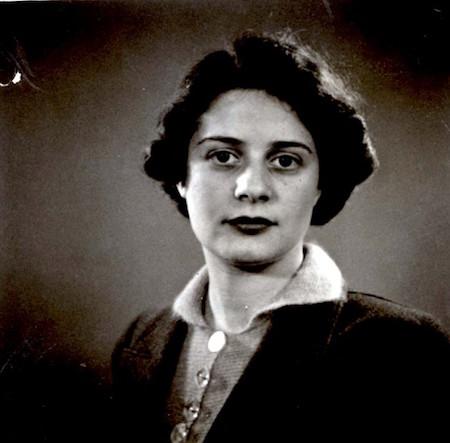Destruction and renewal
Not all the family members mentioned here were as lucky as Betty Wohlgemuth (to have died of natural causes). Hermann’s sister Rosa Shattner and her lovely daughter Margot were among the Jewish women and children of Belgrade who in early 1942 were rounded up and confined at Semlin concentration camp, then gassed to death in mobile vans.
Fortunately, Roza’s boy Wolfie escaped that fate. Under his new name, Ze’ev Sharon, he worked with his pioneer group on the docks in Haifa, helped to found an important Israeli kibbutz, and passed on his Ringel genealogy to a large and growing family in the Jewish homeland. He passed away in 2009 at age 92.
In one way, the Wohlgemuth gravestone (and also a Ringel one that we have not yet tracked down) represent the end of the story for Helga’s German family, and for the culture and ideals they represented. Yet when we return to Berlin in 2016 we find Helga’s childhood apartment building beautifully restored. We find Hermann’s orthodox synagogue still holding services a few blocks away. Of course, there’s the cemetery in Weißensee, where not only the Wohlgemuths but also Hermann Ringel is laid to rest.
The rebirth of Jewish life in Berlin is fed in part by Jewish repatriates from the U.S. and Israel, as well as by far greater numbers from former Soviet republics. Today’s German culture is more eclectic, vibrant, and contradictory than the world that our forebears inhabited. However, among all that modernity, it is satisfying to know that currents of cultural history represented by German-Jewish families like the Wohlgemuths and Ringels are still a part of the mix.

